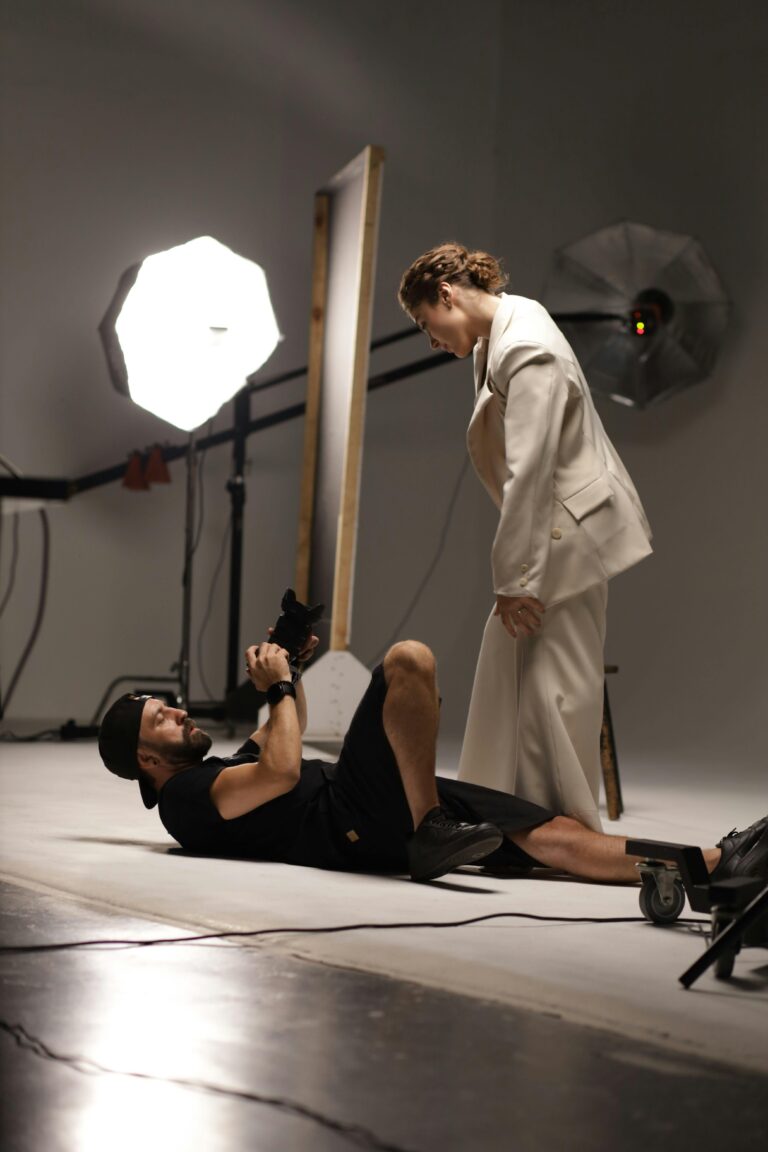Subscription-based software has completely changed the way photographers access and use editing tools. Gone are the days of buying a program outright and using it for years without additional costs. Now, major software companies like Adobe, Capture One, and others have transitioned to a subscription-only model, meaning photographers must pay a monthly or annual fee to keep access to their essential tools. While some argue that this makes high-quality software more accessible, others feel locked into an endless cycle of payments that ultimately cost more in the long run. This shift has left many photographers wondering: are they getting a fair deal, or is this just another way for software companies to generate continuous revenue at the expense of creatives?
The Pros of Subscription-Based Software
One of the most significant advantages of subscription-based software is access to regular updates and new features. In the past, purchasing a software license meant that you had a static version of the program that would eventually become outdated. With subscriptions, companies continuously roll out updates, bug fixes, and new tools, ensuring photographers always have the latest advancements at their fingertips. For professionals who rely on cutting-edge features, this can be a major selling point. Instead of waiting years for a major update or paying for a new version, they receive incremental improvements that keep their workflow smooth and efficient.
Another benefit of subscription models is that they lower the barrier to entry for new photographers. Instead of paying hundreds or even thousands of pounds upfront for editing software, users can access industry-leading tools for a relatively low monthly cost. This can be particularly useful for students, hobbyists, and freelancers who may not have the budget for a significant upfront investment. Subscription pricing allows them to use professional-grade software without the financial strain, which in turn helps democratise the photography industry.
The Cons of Subscription-Based Software
For many photographers, the frustration with subscription-based software isn’t just about cost—it’s about control. With traditional software, once a photographer bought a program, they owned it. They could use it indefinitely, even if they chose to skip a few updates. With subscription software, access to the program is entirely dependent on keeping up with payments. If a photographer decides to cancel their subscription, they lose access to the tools they rely on, along with their editing history, presets, and sometimes even their files. This lack of ownership can be unsettling, particularly for professionals who have spent years developing a workflow around a specific software ecosystem.
Another major drawback is the reliance on cloud-based services, which are increasingly being integrated into subscription software. While cloud storage and syncing can be convenient, they also introduce new vulnerabilities. Photographers who work in areas with poor internet access may struggle with cloud-dependent features, and even those with reliable connections risk losing access to their files if there are server outages or security breaches. Many photographers prefer to have full control over their files and editing workflow without relying on an external system that they don’t fully own.
Are There Alternatives to Subscription Software?
Despite these concerns, subscription-based software does offer undeniable benefits for companies developing the tools. A steady stream of income from subscriptions allows developers to invest in innovation, customer support, and ongoing improvements. Instead of relying on large, infrequent purchases, software companies can maintain a predictable revenue stream that sustains development. However, it also means that companies have less incentive to create significant updates that justify a new purchase. Now, with a locked-in subscriber base, there is less urgency to introduce groundbreaking features, leading some users to feel like they’re paying more for incremental changes rather than revolutionary improvements.
For those looking for alternatives to subscription-based software, there are still options available. Programs like Affinity Photo, DxO PhotoLab, and ON1 Photo RAW offer one-time purchase models, allowing photographers to buy the software outright and use it for as long as they like. Open-source software like GIMP and Darktable provides free alternatives, though they may lack the polished user experience and advanced features of paid programs. While these alternatives can be viable for some, the industry standard remains with Adobe and other major subscription-based platforms, meaning photographers who need seamless compatibility with clients and industry workflows often feel pressured to stay within the subscription ecosystem.
Conclusion
The debate over subscription software in photography ultimately comes down to a matter of perspective. For some, the benefits of continuous updates, lower initial costs, and cloud-based convenience outweigh the drawbacks of ongoing payments and lack of ownership. For others, the idea of never truly owning their software and being locked into an endless payment cycle is a dealbreaker. What is clear is that subscription models are here to stay, and photographers must decide whether they are willing to accept the trade-offs that come with them. Those who embrace subscriptions gain access to cutting-edge tools and ongoing support, while those who resist may need to seek out alternative solutions that offer more control and long-term financial predictability. Whatever side of the debate a photographer falls on, understanding the pros and cons of subscription-based software is crucial to making informed decisions about the tools that shape their creative work.
SEO Keywords:
- Subscription-based photography software
- Pros and cons of Adobe subscription
- Best alternatives to Adobe Creative Cloud
- Is photography software too expensive?
- Photography software pricing models
- One-time purchase vs subscription software
- Best non-subscription photo editing tools
- Cloud-based editing software for photographers
- Photography software costs in 2025
- How to choose the right photo editing software





